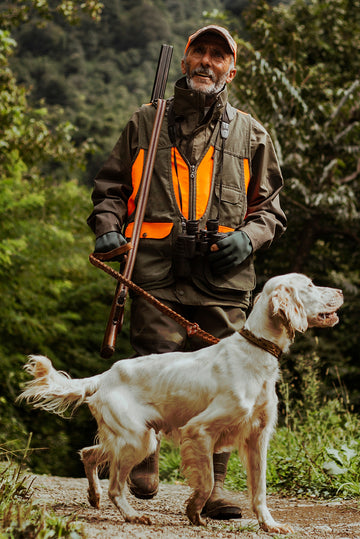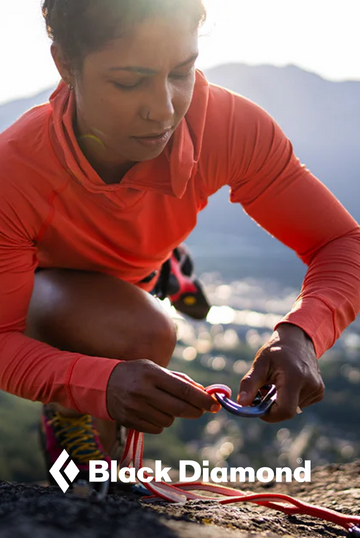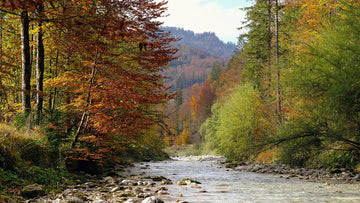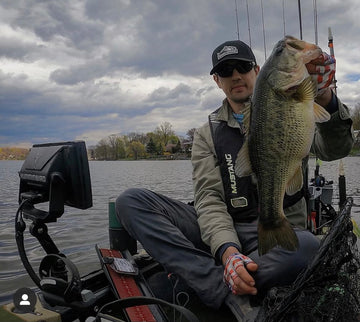Hiking offers more than just a change of scenery. It is also a great low-impact workout offering multiple mental and physical benefits, such as reducing hypertension and anxiety. However, if you think it is as simple as walking on a paved path, you may be in for a surprise! Avoid injury and enjoy your trek with the basic guide below!
- Go Small: When starting out, choose a trail that is shorter than the distance you can typically walk on a paved surface. Estimate the time it will take to hike the trail by figuring a rough pace of 2 miles per hour. Now, go over the elevation changes and add 1 hour to the estimated hiking time for every 1,000 feet gained. Once you have been on several hikes, you will get a good feel for the distance and elevation changes that work best for you.
- Be One with the Trail: After you have selected the trail for your hike, obtain a map, review reports and any data of the area. Look to see if the trail is a loop, or if you will need to backtrack or bring a second car. Watch out for intersecting trails that could potentially take you down the wrong path and look for a good lunch spot such as a river or mountain peak. Know the trail inside and out before you head out. When starting out, always hike with a buddy and let someone know where you will be or carry a satellite communicator like the Garmin inReach Explorer® Plus to stay in touch with loved ones while your out exploring.
- Check the Weather: The week before and even a couple hours leading up to your hike, be sure to check the weather. Not only will it let you know about unexpected conditions in the area, but will also give you great information on how to dress and what to pack. If the forecast changes suddenly and storms are predicted for the day and time of your hike, reschedule. It’s better to be safe than sorry!
- Pack the 10 Essentials: This is a must-have list of items that you may need to stay safe in the outdoors, even if forced to stay overnight. You can expand or minimize the list based on the length or remoteness of your hike. For example, if you are taking a short hike in the Summer and are near Forest services, packing a compact solar blanket is fine. However, when going on a remote Winter hike, something more substantial is necessary.
- Treat Your Feet Right: Take the time and money to invest in quality socks and shoes. Gone are the days of heavy hiking boots! With advances in technology, hiking shoes and boots weigh much less.
- Dress Like a Pro: Always make sure you’re dressed properly for the terrain and weather. Go for clothing made with synthetic materials instead of cotton. Once cotton gets damp or wet, it will stay that way and can lead to chaffing. To adjust easily to temperature fluctuation throughout the day dress in layers that can be taken on or off easily.
- Pack it Up: Now that you know what you need to bring with you, here’s where we pack and the lighter the better! Always go for the lightest option available. For example, when packing food for your trip, opt for freeze-dried food packs instead of normal everyday meals.
- Keep the Pace & Leave No Trace: When you first get on the trail you’ll be tempted to go gung-ho, but you will find yourself tuckered out in no time! Remember your estimated time and keep a steady pace that you can maintain all day. It’s up to everyone to keep our parks and our trails clean. Whatever you bring in, bring out! The Leave No Trace 7 Principles are the rules to live by. If you aren’t familiar with them, give them a read before your first hike.
Now that you know the basics, stop by one of our locations and our knowledgeable staff will help you get the hiking gear you need to get started! Gear up for adventure with Ramsey Outdoor!















